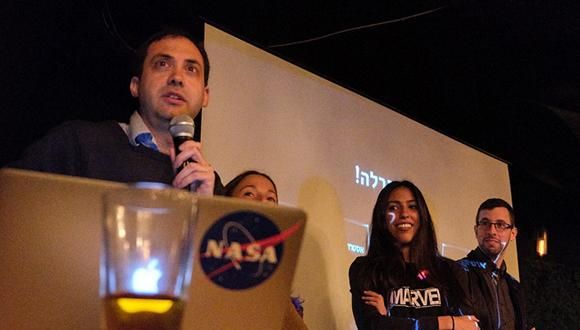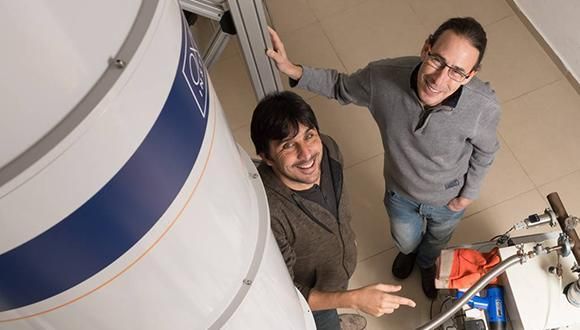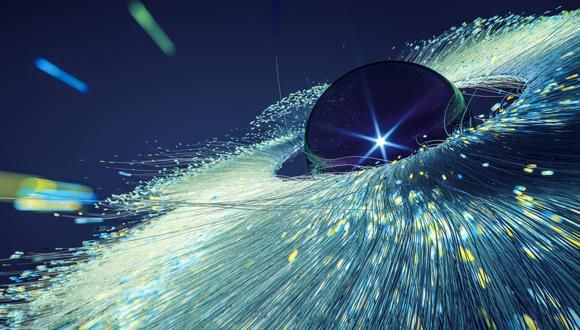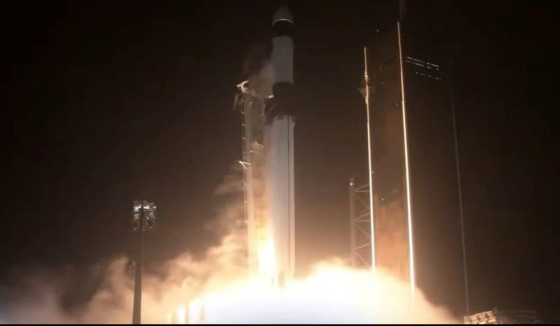
The “COTS-Capsule” that protects electronic systems from hazardous radiation effects in space
An Innovative Technology has been Launched into Space…
Tel Aviv University recently launched TauSat-3 satellite to space. TauSat-3 is a technological demonstrator of the COTS-Capsule, an innovative space mechanism for detecting and mitigating cosmic-rays induced damage to space systems. The satellite was launched from the Kennedy Space Center in Florida, onboard a Falcon 9 rocket as part of the SpaceX CRS-24 mission. It was then transferred, via the Cargo Dragon C209 spacecraft to the International Space Station (ISS). The satellite was successfully installed and put into operation at the International Space Station. The satellite connected via the ISS datalink network and communicated successfully with ground stations.
TauSat-3, which is approximately the size of a shoebox, was carefully designed and built by the University’s team of experts and will examine the performance of a novel radiation detecting and active protective mechanism to guard electronics from cosmic radiation induced hazardous phenomena. The “COTS-Capsule” will allow the use of modern commercial electronic systems in space, by incorporating them into the protected environment inside the “COTS-Capsule” and operating them in that environment. According to the researchers, this is a mechanism that has revolutionary potential in the field of satellites and space-systems as well as a significant economic impact.

The study was headed by doctoral candidate Yoav Simhony, from the School of Electrical Engineering, together with the head of the School of Physics and Astronomy, Prof. Erez Etzion and Prof. Ofer Amrani from the Iby and Aladar Fleischman Faculty of Engineering, head of the Small Satellite Laboratory.
It is noteworthy that the “COTS-Capsule” is expected to be included in the series of groundbreaking experiments that are to be conducted as part of the “Rakia” [Sky] mission guided by the Ramon Foundation and the Israel Space Agency.
Eytan Stibbe, the second Israeli in space, will be launched for a mission at the International Space Station this coming February. Stibbe is expected to conduct dozens of experiments for leading researchers from a number of universities and commercial companies in Israel.
Prof. Etzion and Prof. Amrani explain: “Integration of the “COTS-Capsule” mission as part of the national “Rakia” mission will provide a rare opportunity to examine the building blocks of this technology in space. In addition to the academic research, the space mission is leveraging and promoting an educational-scientific program in the field of space and radiation.”
PhD student and principal investigator Yoav Simhony adds: “Currently, electronic equipment sent to space must be specifically modified to prevent cosmic radiation induced effects. The protection provided by the “COTS-Capsule” will enable the use of commercial off the shelf components in space, thus opening the door to the use of advanced electronic components, while significantly shortening both development times and reducing the costs of space products.”
In addition, partners to the success of the project are: from Tel Aviv University – Dolev Bashi, Elad Sagi, Dr. Yan Benhammou, Dr. Igor Zolkin, Dr. Meir Ariel, Baruch Meirovich and the workshop staff, Orly Bloomberg, Edward Karat, Lily Almog and the procurement team, Yasmin Miller Zangi and the legal team, and several students of electrical engineering, software and physics. From Afeka College – Dr. Alex Segal, the IAI, the International Space Station deployment opportunity being made available by Nanoracks through its Space Act Agreement with NASA’s U.S. National Lab, the Ehrlich law firm, Samuel Berkowitz and the law firm of Herzog, Fox and Ne’eman, the ARotec company and Tal Ahituv.
Featured image: The Launch of the “COTS-Capsule” on top of the Cargo Dragon C209 spacecraft. Courtesy of NASA.
Related posts
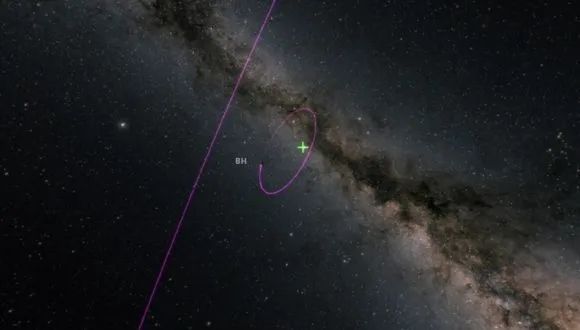

First Israeli Nanosatellite Designed to Communicate from Space with Optical Ground Station
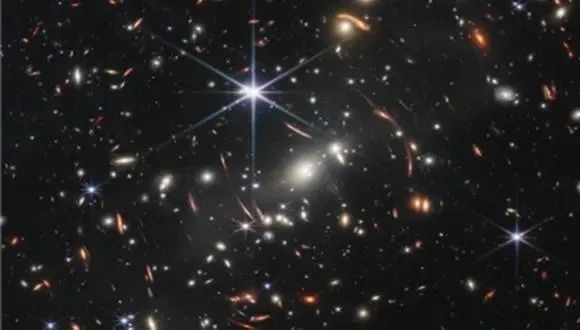
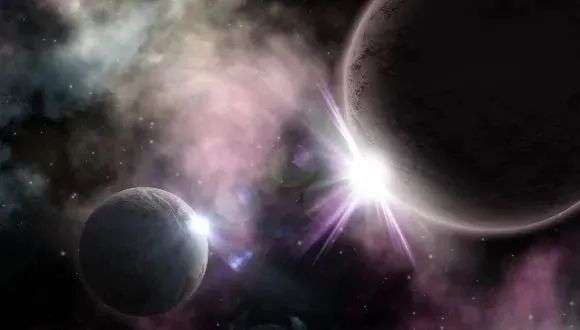


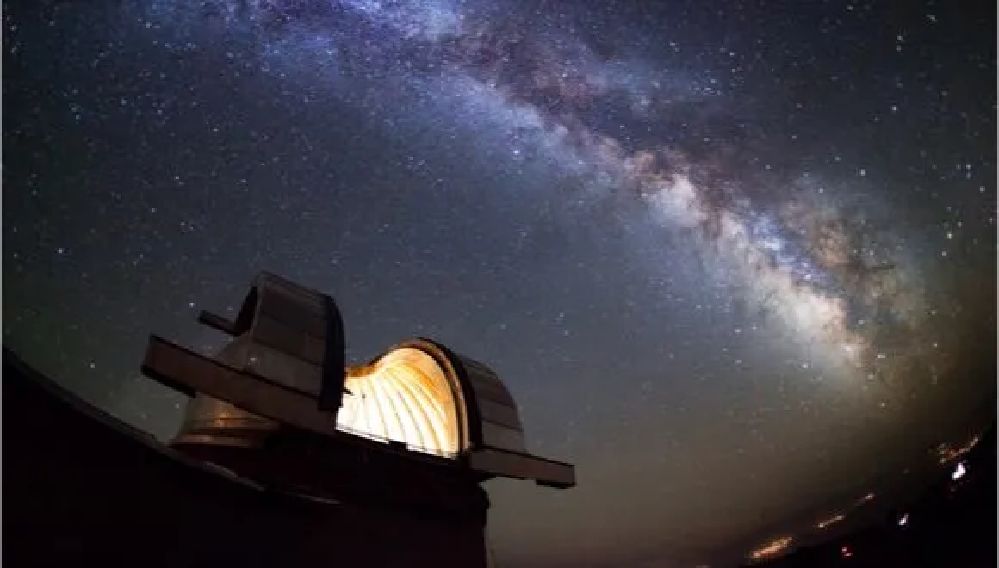

When the stars aligned: A star in a distant galaxy blew up in a powerful explosion, solving an astronomical mystery from the 11th century



